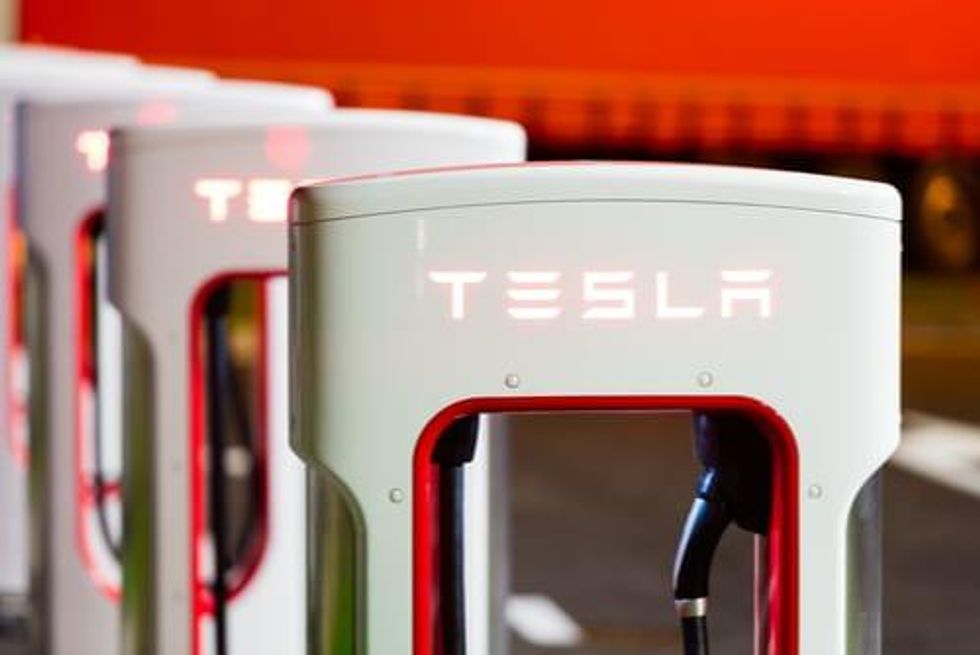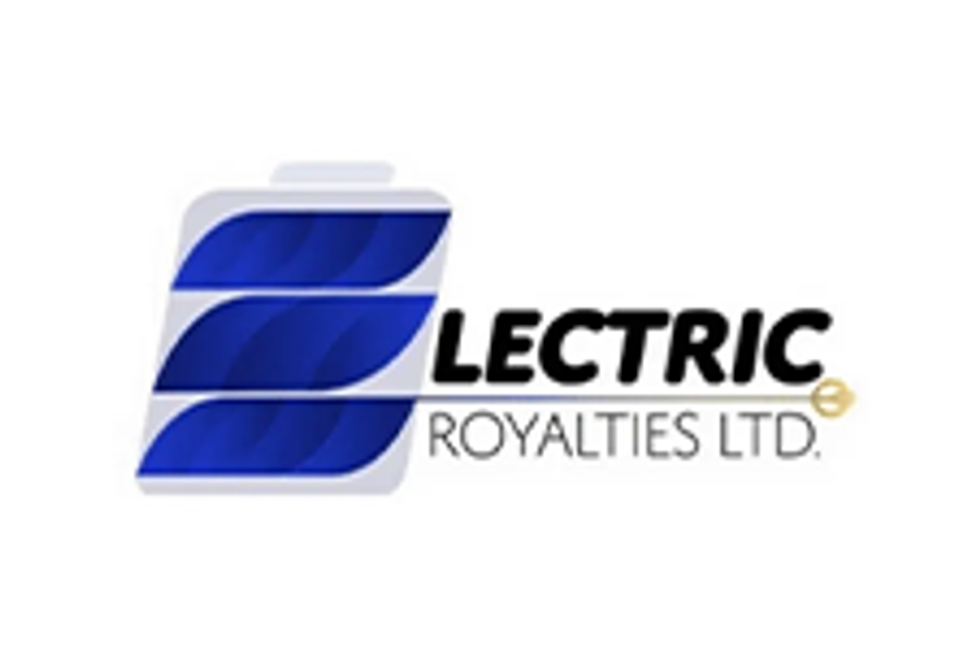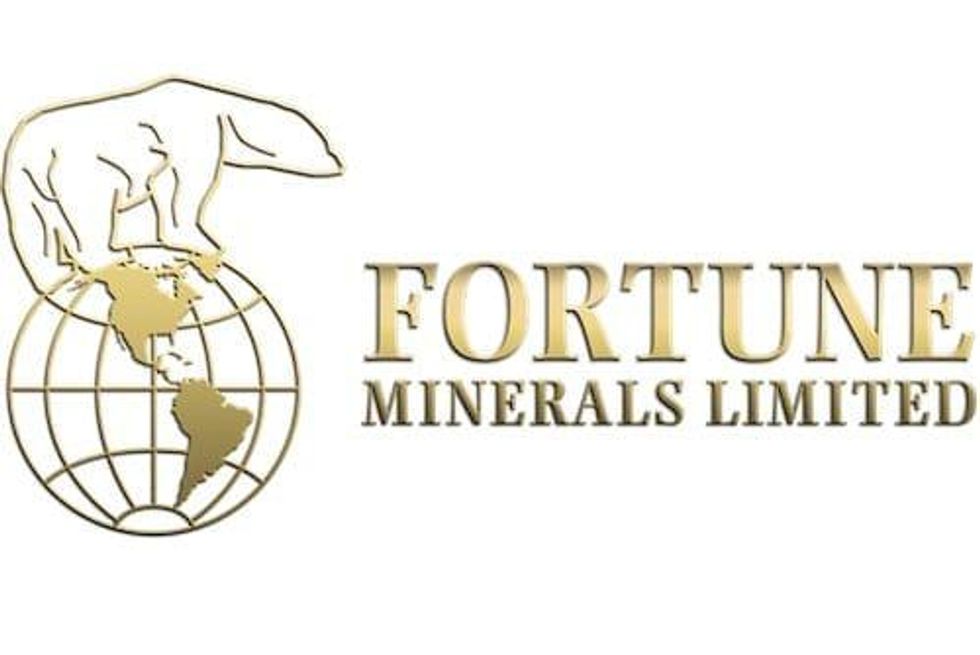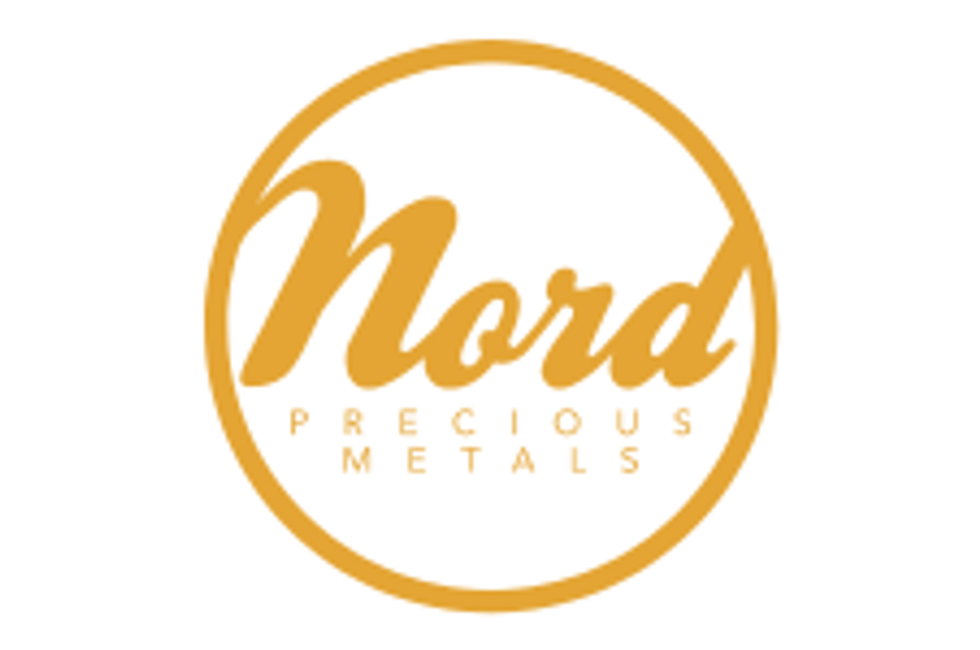Not So Fast - Tesla, Other EV Makers Can’t Cut Cobalt Just Yet
Tesla has once again told investors it is working towards eliminating cobalt from its cathodes. How concerned should cobalt investors be?
Battery metals investors left Tesla’s (NASDAQ:TSLA) Battery Day with many questions, but one standout was the future of cobalt in batteries, which was pulled into question yet again.
Notably, Tesla is hoping to offer an affordable US$25,000 electric vehicle (EV) in the next three years, and CEO Elon Musk has promised all kinds of battery improvements geared at reducing costs per KWh, increasing range and lowering investment per GWh.
Cathode design improvements also had a moment during the event, with market watchers hearing once again that Tesla is working to remove cobalt from its batteries. The move would eliminate the costs and supply risks associated with this raw material. But could it really happen?
No easy task to cut cobalt from batteries
“Tesla has been talking about it for a long time, so it is somewhat unsurprising,” Caspar Rawles of Benchmark Mineral Intelligence told the Investing News Network (INN). “To remove cobalt is extremely challenging from a technical standpoint, and I believe the technology is still being developed by Tesla.”
The EV maker is on a quest to remove cobalt and increase nickel, which would bring more energy density to its batteries. But more nickel at the expense of cobalt means lower cathode stability, Gavin Montgomery of Wood Mackenzie further explained.
“To get around this, ‘novel coating and dopants’ were mentioned,” he told INN. “However, without further details, we are not convinced the problem has been solved just yet.”
Watch Tesla’s Battery Day presentation above.
Rawles, who is head of price assessment at Benchmark Mineral Intelligence, said that cobalt is essential for safety, but it also provides resilience in the cathode.
“Without it, the battery will begin to degrade and this will see premature capacity fade,” he explained. “The potential cost implications for this are huge, as if capacity dips below the stipulated retention in the warranty offered by the manufacturer, the pack will need to be replaced at the automaker’s cost.”
Another aspect that must be considered, according to the expert, is that in order to stabilize the cathode without cobalt there is generally the need for coatings and dopants; in general, more sophisticated pack hardware and software are also needed.
“This all increases costs, and so removing that small percentage of cobalt doesn’t necessarily correlate to a saving at the pack level,” Rawles said.
What Tesla’s cobalt supply deals tell the market
Ying Lu of Roskill sees plenty of incentives for Tesla to engineer cobalt out of its batteries. Those include the geographically limited nature of cobalt supply, along with ESG and cost concerns.
“So it is not surprising to see that Tesla has announced the plan to produce a novel high-nickel cathode captively without cobalt, although no clear timeline has been announced at Battery Day,” she said.
Roskill believes the shift towards less cobalt in EV batteries is set to continue in the coming years; however, at least in the short to medium term, the firm also believes that it will remain technically challenging to eliminate cobalt from mainstream chemistries such as NCM and nickel-cobalt-aluminum.
“This has further been evidenced by long-term deals recently signed by Tesla and BMW (OTC Pink:BYMOF,ETR:BMW) with cobalt miners Glencore (LSE:GLEN) and CTT, as well as recent safety accidents in EVs equipped with NCM 811 batteries,” Lu added. Tesla is set to use cobalt from Glencore at its factories in Shanghai and Berlin.
For Woodmac’s Montgomery, these cobalt supply deals demonstrate quite clearly that Tesla will need cobalt for some time to come, and thrifting cobalt from cells remains challenging.
“The only location they can secure sufficiently large volumes is from the Democratic Republic of Congo (DRC),” he added. “Tesla is just the latest in a series of high-profile players in the lithium-ion value chain to sign deals for cobalt supply with Glencore.”
Umicore (OTC Pink:UMICF,EBR:UMI), Samsung (KRX:006400), GEM (SZSE:002340) and SK Innovation (KRX:096770) have also signed deals with Glencore.
What if Tesla achieves “zero” cobalt?
But what would happen to cobalt if Tesla were to overcome these challenges? For seasoned cobalt-focused investors or those new to the space, it’s important to remember that Tesla may not have the same plans as the rest of the EV space.
“Assuming Tesla does manage to overcome the hurdles of developing a cobalt-free cathode that delivers on performance, this doesn’t mean it is a trend for the whole industry,” Rawles said. “To date, technology pathways remain focused on deploying NCM 811, which is already very low in cobalt, which reduces the concerns over cost that have previously caused issues for automakers.”
Rawles added that Tesla has also confirmed it will be increasing battery supply from its cell partners, including Panasonic (TSE:6752), LG Chem (OTC Pink:LGCLF,KRX:003550) and CATL (SZSE:300750) — and potentially adding more.
“These cells are likely to continue to use cobalt-containing cathode, so Tesla will continue to need to secure cobalt for some time to come,” he said. “Ultimately the undersupply we are expecting in the cobalt market outweighs any potential change in Tesla demand.”
For Woodmac’s Montgomery, if Tesla can remove cobalt, then he would expect other OEMs to eventually follow suit, but it’s still important to factor in the lengthy qualification stage for new technologies.
“However, we think it will still be a substantial challenge to accomplish this in three years, and expect cobalt to remain a component of cells for many years to come,” he added.
For Rawles, the industry doesn’t necessarily follow Tesla, and cobalt-free cathodes have yet to appear in the technology lineups of other major automakers.
“Only time will tell if this looks like other automakers will look to introduce something similar, but right now high nickel/low cobalt is the direction most are taking,” he added.
Rokill’s Lu agreed, saying that despite the expected decrease in intensity of use of cobalt per unit, the uptake of EVs will still be beneficial overall for cobalt demand in automotive applications.
“In addition, the rollout of 5G technology would create more growth potential for cobalt in portable electronics and energy storage systems sectors going forward,” she added.
What’s next for cobalt juniors?
Despite the news at Battery Day, the outlook for cobalt use remains quite bright.
Roskill forecasts that cobalt required by various battery applications will more than double in the next decade, and sees batteries remaining the largest first use for cobalt in the longer term.
Meanwhile, Benchmark Mineral Intelligence forecasts that battery demand for cobalt will triple between now and 2026 — and that takes into account changes towards more nickel-rich chemistries.
However, challenges remain for juniors operating in the cobalt space.
“The biggest challenges for cobalt miners would still be mining in a responsible and sustainable way, especially for projects in the DRC, a country long troubled with inefficient governance, political unrest and human rights abuses,” Lu said.
Another challenge would be cost control, as for Lu it is unlikely that the cobalt price will spike to the high US$30 per pound range again like in 2018.
“So it can be crucial for prospective producers to minimize their costs in order to be competitive against the low-cost Congolese operations in a relatively low-price environment,” Lu said.
“It is also important to get the timing right to enter the market given long-term uncertainty in the demand side remains, and a restart of Mutanda (at some point in the future) has the potential to put the market back into oversupply,” she added.
For Montgomery, financing projects in the current macroeconomic environment continues to be the most obvious challenge.
“Plus the cobalt market will be comfortably supplied for the next few years as a variety of new operations in the DRC, like Pengxin, Pumpi, Chengtun and Deziwa, ramp up to capacity, while Glencore’s Mutanda operation could move back into production,” he added.
Rawles agreed, saying the challenge of raising capital remains — an issue that has been exacerbated by the prevailing global economic uncertainty linked to the COVID-19 pandemic.
“We continue to see big investments downstream and limited capital flowing upstream,” he said. “Tesla putting the money where their mouth is and moving upstream is a good signal for the industry.”
Don’t forget to follow us @INN_Resource for real-time updates!
Securities Disclosure: I, Priscila Barrera, hold no direct investment interest in any company mentioned in this article.
Editorial Disclosure: The Investing News Network does not guarantee the accuracy or thoroughness of the information reported in the interviews it conducts. The opinions expressed in these interviews do not reflect the opinions of the Investing News Network and do not constitute investment advice. All readers are encouraged to perform their own due diligence.



